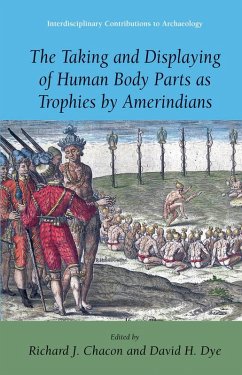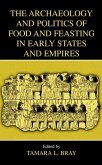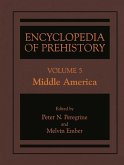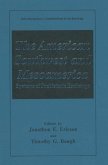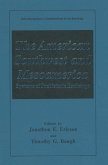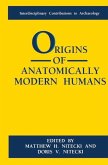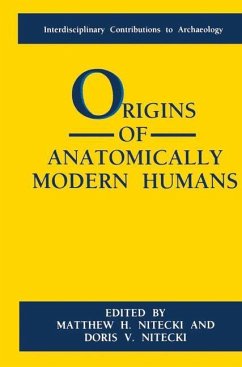The Amerindian (American Indian or Native American - reference to both North and South America) practice of taking and displaying various body parts as trophies has long intrigued both the research community as well as the public. As a subject that is both controversial and politically charged, it has also come under attack as a European colonists' perspective intended to denigrate native peoples.
What this collection demonstrates is that the practice of trophy-taking predates European contact in the Americas but was also practiced in other parts of the world (Europe, Africa, Asia) and has been practiced prehistorically, historically and up to and including the twentieth century.
This edited volume mainly focuses on this practice in both North and South America. The editors and contributors (which include Native Peoples from both continents) examine the evidence and causes of Amerindian trophy taking as reflected in osteological, archaeological, ethnohistoric and ethnographic accounts. Additionally, they present objectively and discuss dispassionately the topic of human proclivity toward ritual violence.
What this collection demonstrates is that the practice of trophy-taking predates European contact in the Americas but was also practiced in other parts of the world (Europe, Africa, Asia) and has been practiced prehistorically, historically and up to and including the twentieth century.
This edited volume mainly focuses on this practice in both North and South America. The editors and contributors (which include Native Peoples from both continents) examine the evidence and causes of Amerindian trophy taking as reflected in osteological, archaeological, ethnohistoric and ethnographic accounts. Additionally, they present objectively and discuss dispassionately the topic of human proclivity toward ritual violence.
From the reviews:
"The volume edited by Chacon and David Dye is a comprehensive source book on trophy-taking in the Americas. ... carefully produced, thoroughly researched, and thoughtfully written, drawing on ethnohistory and archaeology in about equal measure. ... essential reading for anyone interested in the archaeology of war and violence." (Elizabeth Arkush, American Antiquity, Vol. 73 (3), 2008)
"This volume of far ahead of many bioarcheological works...it should be the goal of the violence researcher (or any anthropologist for that matter) to not search for a single event that delineates and homogenizes a systematic function of a group (e.g. sacrifice, violence, or warfare) but rather try to understand how people are bound by events and processes that allow for a fluidity of responses to multiple stimuli. This volume moves in that direction by establishing skeletal and taphonomic studies in the Maya region that adhere to a rigorous methodology and that are systematically applied." (Ventura Perez, International Journal of Osteoarchaeology, vol. 19 (566-571), 2009).
"The volume edited by Chacon and David Dye is a comprehensive source book on trophy-taking in the Americas. ... carefully produced, thoroughly researched, and thoughtfully written, drawing on ethnohistory and archaeology in about equal measure. ... essential reading for anyone interested in the archaeology of war and violence." (Elizabeth Arkush, American Antiquity, Vol. 73 (3), 2008)
"This volume of far ahead of many bioarcheological works...it should be the goal of the violence researcher (or any anthropologist for that matter) to not search for a single event that delineates and homogenizes a systematic function of a group (e.g. sacrifice, violence, or warfare) but rather try to understand how people are bound by events and processes that allow for a fluidity of responses to multiple stimuli. This volume moves in that direction by establishing skeletal and taphonomic studies in the Maya region that adhere to a rigorous methodology and that are systematically applied." (Ventura Perez, International Journal of Osteoarchaeology, vol. 19 (566-571), 2009).

